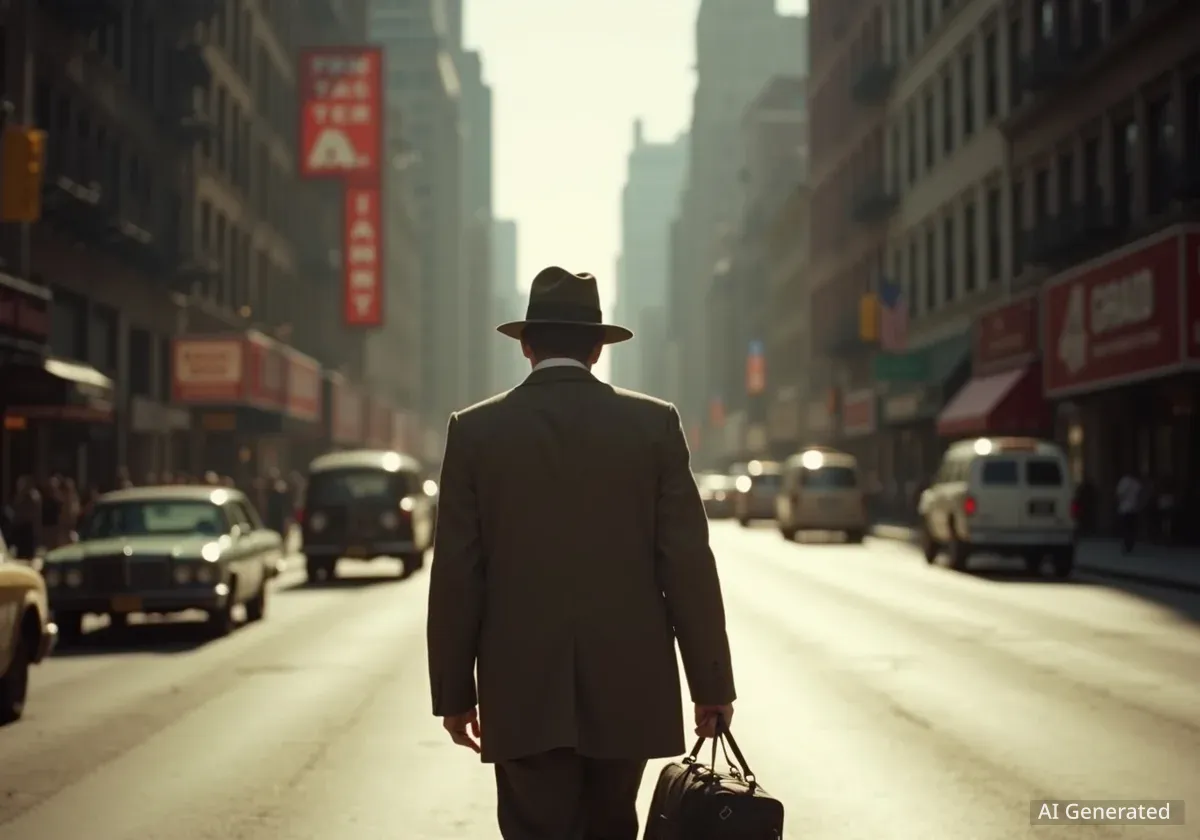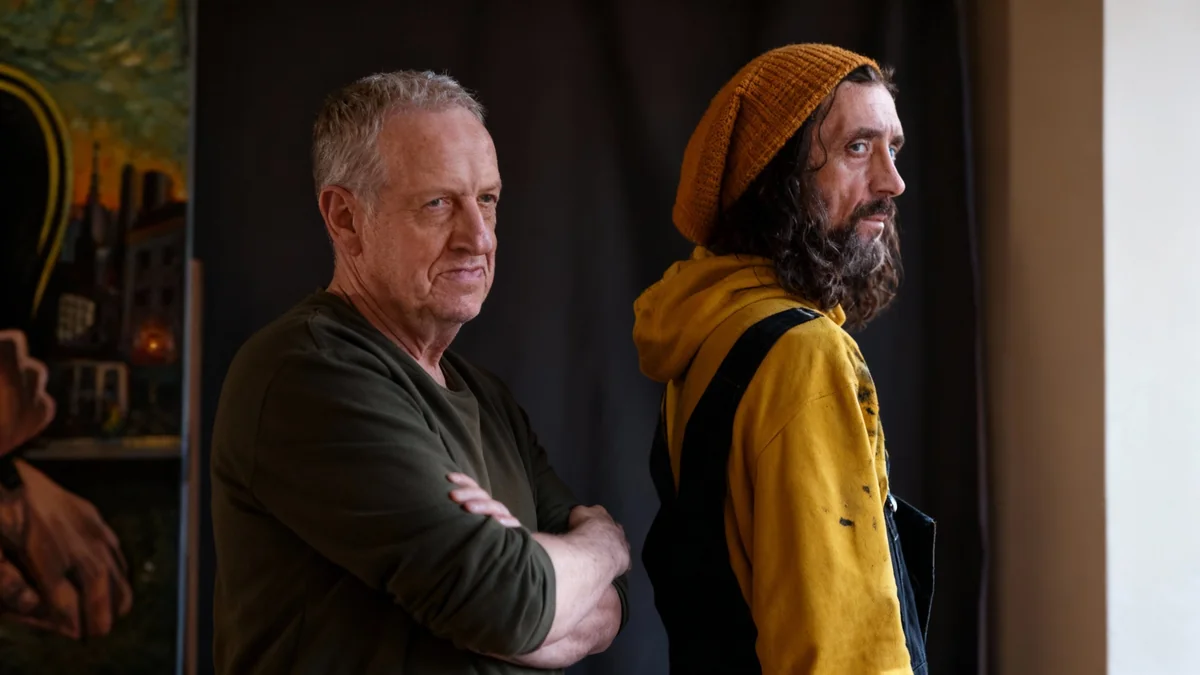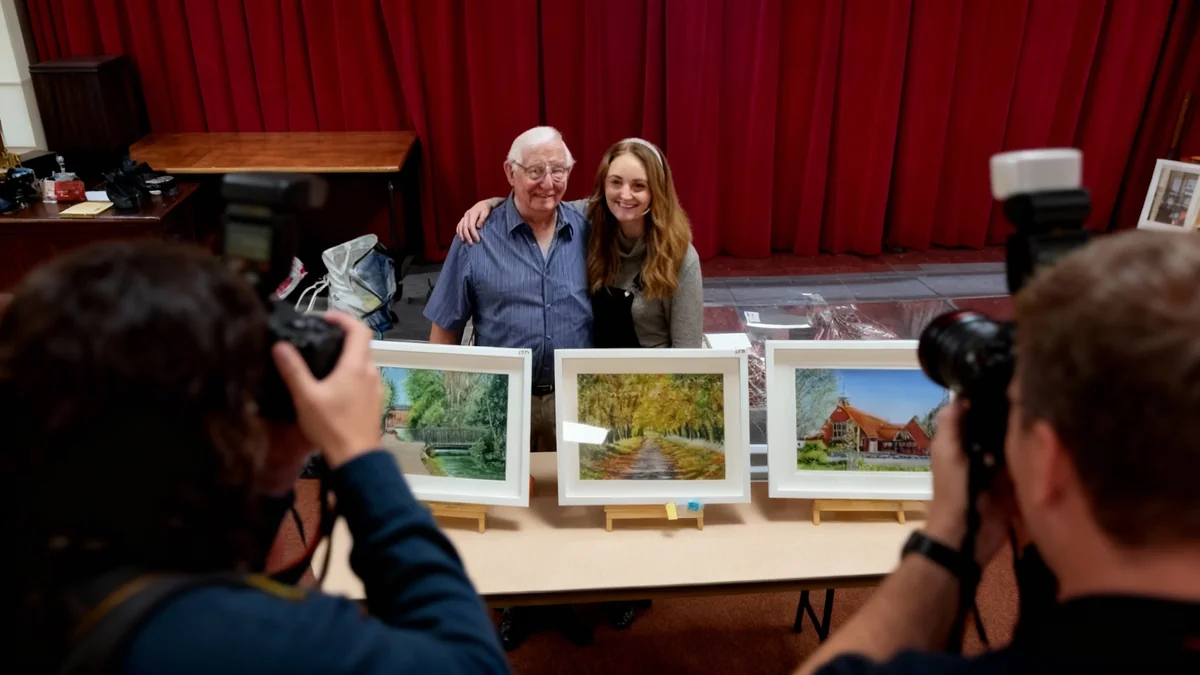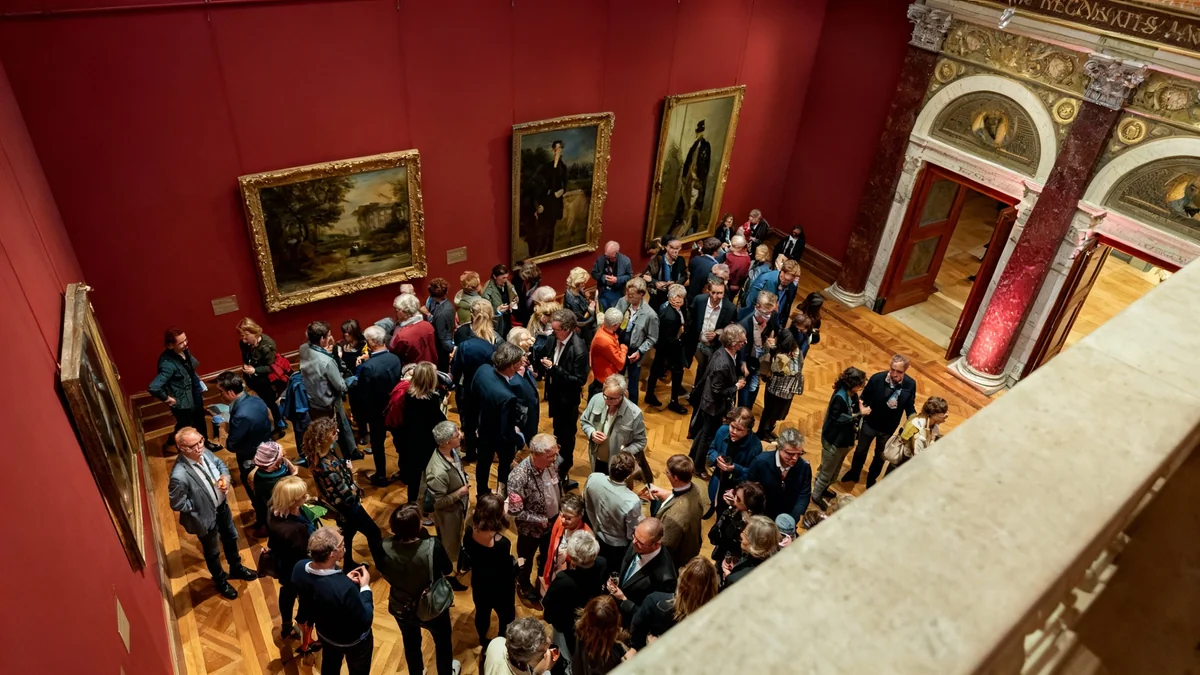William Antin, a 70-year-old photographer, is now revealing his extensive collection of photographs from 1970s New York City to the public for the first time. For decades, Antin captured daily life across iconic city landmarks, public transit, and bustling streets. His images offer a rare, uncropped look into a past era of New York, showing its evolution through the eyes of its residents.
Antin's work, largely unseen until now, includes thousands of candid shots that document the raw energy and quiet moments of the city. He describes his goal as capturing the "life force" of the people he encountered. This collection provides a historical record for those who remember the 1970s and a unique view for new generations.
Key Takeaways
- William Antin, 70, is releasing his 1970s New York City photography for the first time.
- His archive includes thousands of images from landmarks like Grand Central, Roosevelt Island, and Liberty Island.
- Antin used a Leica M4 with a 35mm Zeiss lens, shooting handheld with no artificial light.
- He sought to capture the "life force" and a sense of serenity amidst Manhattan's complexity.
- Family pressure and financial concerns led him to pursue a different career for 30 years before sharing his work.
A Glimpse into 1970s New York Life
William Antin spent years documenting the vibrant, often gritty, street life of New York City. His subjects included everything from graffiti-covered subway cars to busy Midtown intersections. These photographs provide a powerful visual narrative of the city's character during the 1970s, a period of significant change.
Antin's approach was direct and unfiltered. He rarely cropped his images and relied solely on natural light. This method allowed him to capture authentic moments without altering the scene. His work is a testament to the power of observation and patience in street photography.
Photography Details
- Camera: Leica M4
- Lens: 35mm Zeiss lens
- Lighting: Exclusively natural light
- Editing: Images were almost never cropped
Grand Central Station: A Central Focus
One of Antin's most notable projects centered on Grand Central Station. During his senior year at Manhattan's School of Visual Arts, he dedicated himself to photographing the commuters passing through. He often spent entire days and nights there, sometimes sleeping on waiting room benches to observe people.
"Many of these images depict a sense of calmness and serenity in a place surrounded by the enormity and complexity of Manhattan," Antin stated.
This dedication allowed him to capture intimate moments within the grand, bustling terminal. His photographs show the diverse individuals who moved through the station, revealing a hidden tranquility amidst the urban rush.
The Photographer's Journey and Vision
Antin's journey into photography began in high school. An introductory photography class taught by Steve Gordon sparked his interest. He soon became the yearbook's photo editor, which led him to pursue formal education in the field.
After a brief period at Syracuse University, Antin transferred to the School of Visual Arts (SVA) in Manhattan. It was at SVA that he refined his skills as a photojournalist. This period was crucial in shaping his distinctive style and commitment to authentic, unposed street photography.
Early Influences and Training
Antin's passion for photography was ignited in high school. His formal training at the School of Visual Arts in Manhattan was instrumental in developing his photojournalistic style. He credits instructors like Steve Gordon and Sydney Kaplan for guiding his artistic and technical growth.
Evolution of Creative Vision
Antin's creative vision evolved as his technical skills grew, especially in photographic printing. An instructor named Sydney Kaplan helped him develop his printing talent. This led to employment at a professional photographic lab in New York City.
At this lab, Antin printed for numerous gallery shows and commercial advertising campaigns. The lab was also one of the first in the city to use Cibachrome developing and printing, exposing him to advanced techniques. This experience deepened his understanding of the photographic process, from capture to final print.
Capturing Iconic New York Locations
Beyond Grand Central Station, Antin photographed many other significant sites around the city. He developed a particular interest in Roosevelt Island and Liberty Island, along with their respective public transport systems.
These locations offered unique opportunities to observe people in transit and at leisure. Antin found a particular calm in these historic sites, despite their proximity to Manhattan's busy core. His images from these areas often convey a sense of peaceful reflection.
- Liberty Island: Documented the ferry passengers and the island's atmosphere.
- Roosevelt Island: Captured life on the island and its distinctive tramway.
- Public Transit: Photographed various ferries, tramways, and subway cars.
He also undertook a photographic essay featuring portraits of children in a hospital for the chronically ill. While these images remain private due to the lack of photo releases, Antin cherishes them as a deeply heartfelt experience.
Why Now? The Decision to Share
For nearly 50 years, Antin's extensive body of work remained largely private. He explains that family pressure and a perceived lack of professional opportunity led him away from a career as a photographer. In 1978, he declined an assistant photographer position with an AP press photographer in Israel, a decision he later regretted.
After this, Antin worked various jobs before finding a new purpose in diagnostic ultrasounds. He spent 30 years as a cardiac ultrasonographer, managing the technical aspects of a private practice. Despite this successful career, his passion for photography never faded.
Career Shift
After deciding against a professional photography career, William Antin spent 30 years working as a cardiac ultrasonographer. This provided stability but kept his photographic archive hidden.
Now, at 70 years old, Antin feels a renewed urgency to share his life's work. "I'm 70 years old and I'm looking to get my work seen before I pass away," he shared. This desire to finally exhibit his photographs stems from a wish to see his artistic legacy recognized.
Challenges and Future Aspirations
Antin faces new challenges in getting his work seen today. The art world has changed significantly since the 1970s. Galleries and museums now often prefer artists to submit books rather than presenting physical prints in person.
"I come from a time when I appreciate a face-to-face meeting, especially when it comes to talking about my work," Antin noted.
The financial aspect of exhibiting also remains a hurdle. In the past, he could not afford to reproduce and frame his work for gallery shows. These costs still present a barrier, though digital presentation offers new possibilities.
Current Status and Outlook
New photographic projects are not currently in development for Antin. He does not own a camera at present, and being retired on a fixed income makes acquiring new equipment challenging. Additionally, he is recovering from two heart attacks, which limit his ability to travel for new shoots.
Despite these personal obstacles, Antin remains hopeful that his existing archive will find its audience. His primary goal is for his photographs to be accepted into gallery exhibitions, allowing a wider public to experience his unique perspective on 1970s New York.
The release of these photographs marks a significant moment for photography enthusiasts and historians alike. They offer a vivid, personal record of a transformative era in one of the world's most iconic cities.




